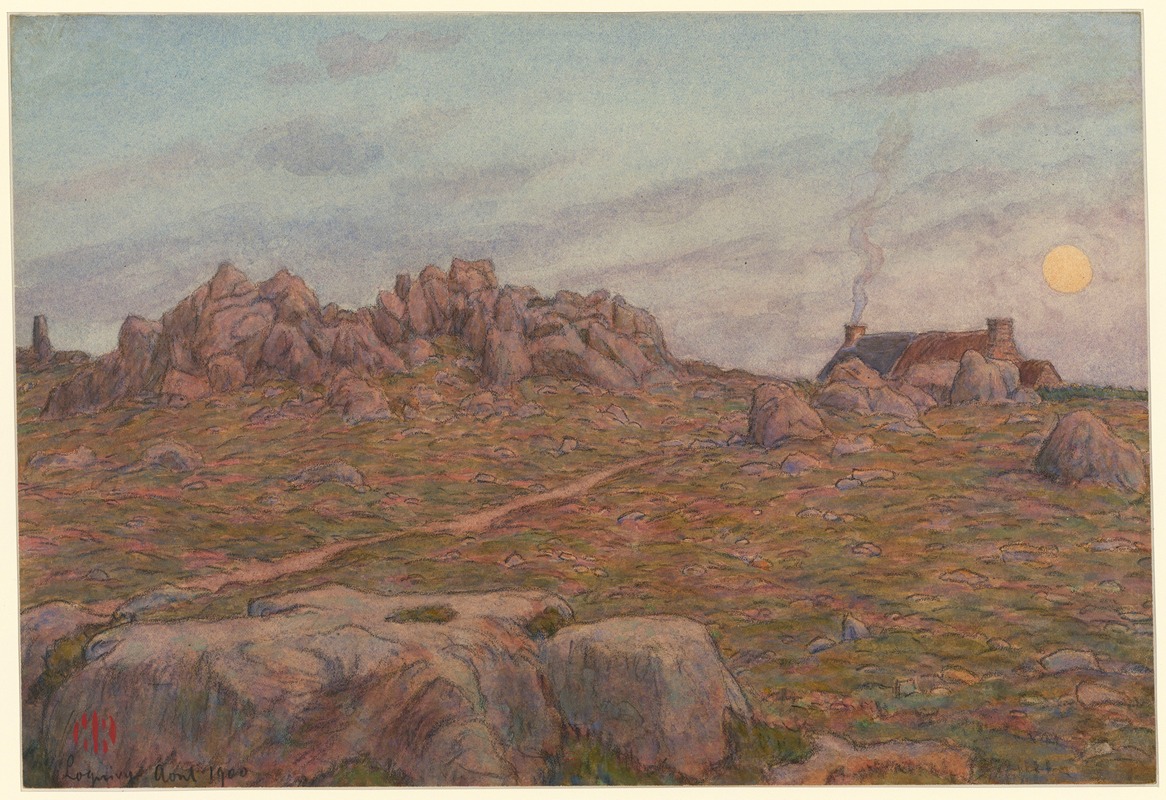
Lever de lune à Roc-Neven
A hand-painted replica of Henri Rivière’s masterpiece Lever de lune à Roc-Neven, meticulously crafted by professional artists to capture the true essence of the original. Each piece is created with museum-quality canvas and rare mineral pigments, carefully painted by experienced artists with delicate brushstrokes and rich, layered colors to perfectly recreate the texture of the original artwork. Unlike machine-printed reproductions, this hand-painted version brings the painting to life, infused with the artist’s emotions and skill in every stroke. Whether for personal collection or home decoration, it instantly elevates the artistic atmosphere of any space.
Henri Rivière (1864–1951) was a French artist and printmaker known for his innovative use of color and composition, particularly in the medium of lithography and woodblock printing. His works often drew inspiration from Japanese ukiyo-e prints, which significantly influenced his artistic style. Rivière is best known for his depictions of landscapes and scenes from everyday life, capturing the beauty and atmosphere of the French countryside and coastal regions.
"Lever de lune à Roc-Neven" (Moonrise at Roc-Neven) is one of Rivière's notable works. This piece is part of his series "Les Trente-six Vues de la Tour Eiffel" (The Thirty-Six Views of the Eiffel Tower), which was created between 1888 and 1902. The series was directly inspired by Katsushika Hokusai's famous "Thirty-Six Views of Mount Fuji," and it reflects Rivière's admiration for Japanese art. While Hokusai's series focused on Mount Fuji as a central motif, Rivière's series centered on the Eiffel Tower, a symbol of modernity and innovation in late 19th-century France.
"Lever de lune à Roc-Neven" showcases Rivière's mastery of color lithography and his ability to evoke mood and atmosphere. The artwork depicts a serene moonrise over the rural landscape of Roc-Neven, a location in Brittany, France. The composition combines natural elements such as the moon, sky, and land with a sense of tranquility and harmony. Rivière's use of soft, muted colors and delicate gradations creates a dreamlike quality, emphasizing the quiet beauty of the scene.
Rivière's work often celebrated the interplay between nature and human-made structures, and this piece is no exception. Although the Eiffel Tower is not directly visible in this particular view, the series as a whole reflects the coexistence of tradition and modernity, a theme that resonated deeply during the period of its creation. Rivière's ability to blend Japanese artistic principles with French subject matter made his work distinctive and influential.
Today, "Lever de lune à Roc-Neven" and the rest of the series are regarded as important contributions to the art of lithography and the Japonisme movement in Europe. Rivière's works are held in various museums and private collections, where they continue to be appreciated for their technical skill and aesthetic appeal.





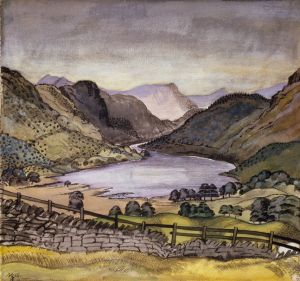
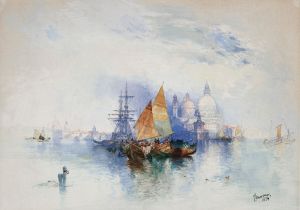
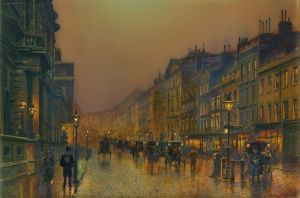
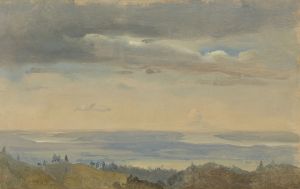
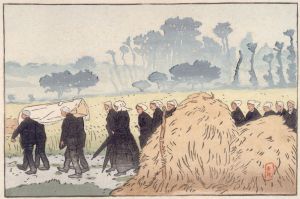
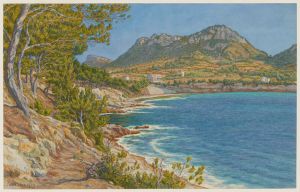
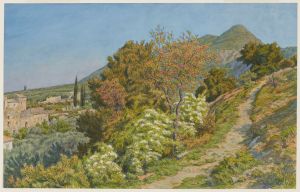
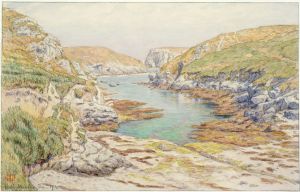
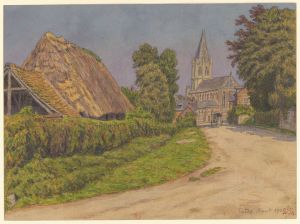
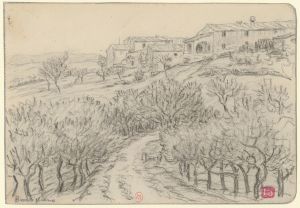
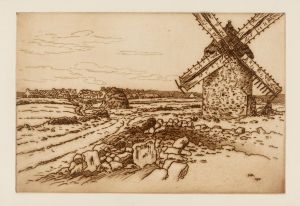
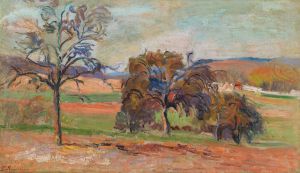
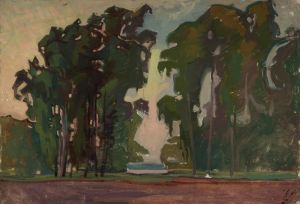
![Le Phare aux signaux [De vuurtoren]](/imgs/265487/s/leon-spilliaert-le-phare-aux-signaux-de-vuurtoren-e990bdd5.jpg)